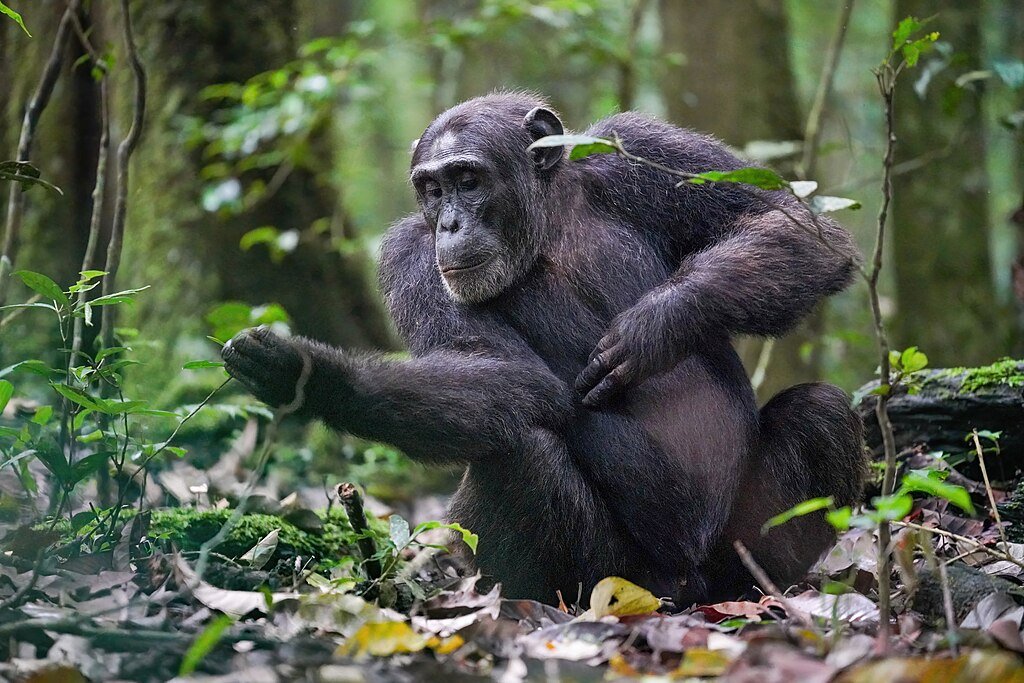Chimpanzees at a Zambian sanctuary have sparked a curious trend: inserting blades of grass into their ears and even their rears, with no apparent function. The behavior spread socially across groups, suggesting that chimps, like humans, can adopt arbitrary customs purely through imitation, revealing new layers of primate culture and group identity.
A Trend Born in Captivity

The behavior was first documented in 2010 when a female chimpanzee began inserting grass into her ear. Her group quickly followed suit, and the trend persisted even after her death. More than a decade later, a separate group with no contact to the original chimps began doing the same and added a twist: inserting grass into their rectums.
Copycat Culture
Researchers from Utrecht and Durham Universities tracked the spread of the behavior and found strong evidence of social transmission. Interestingly, both groups with grass-wearing chimps shared the same caretakers, who admitted to occasionally cleaning their own ears with grass or matchsticks. This may have sparked the imitation.
Not Just Pointless
While the behavior appears non-functional, scientists propose it may serve a social role, signaling attention, affiliation, or group identity. Much like human fashion fads, copying such behaviors could help strengthen social bonds or express belonging.
Conclusion

This quirky grass-in-orifice trend reveals that chimpanzees are capable of adopting and spreading behaviors that lack clear survival value. It challenges the notion that behavior may run deeper than we thought.
Source:





